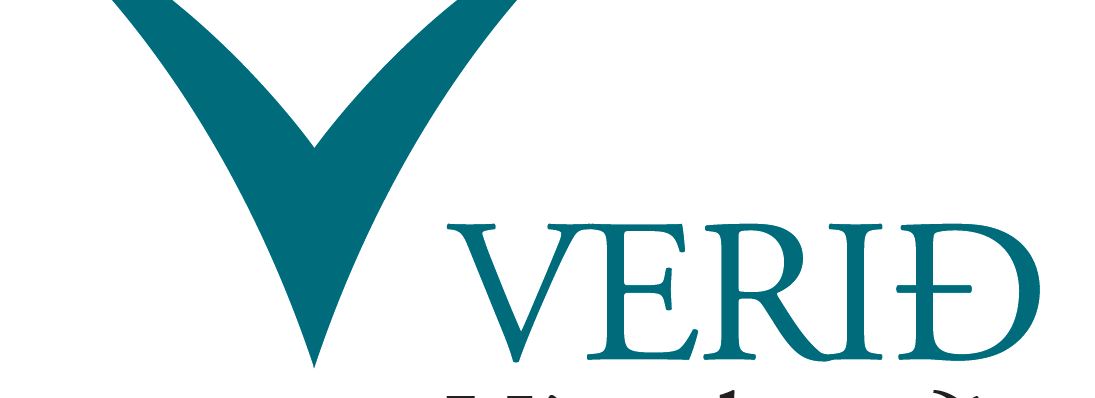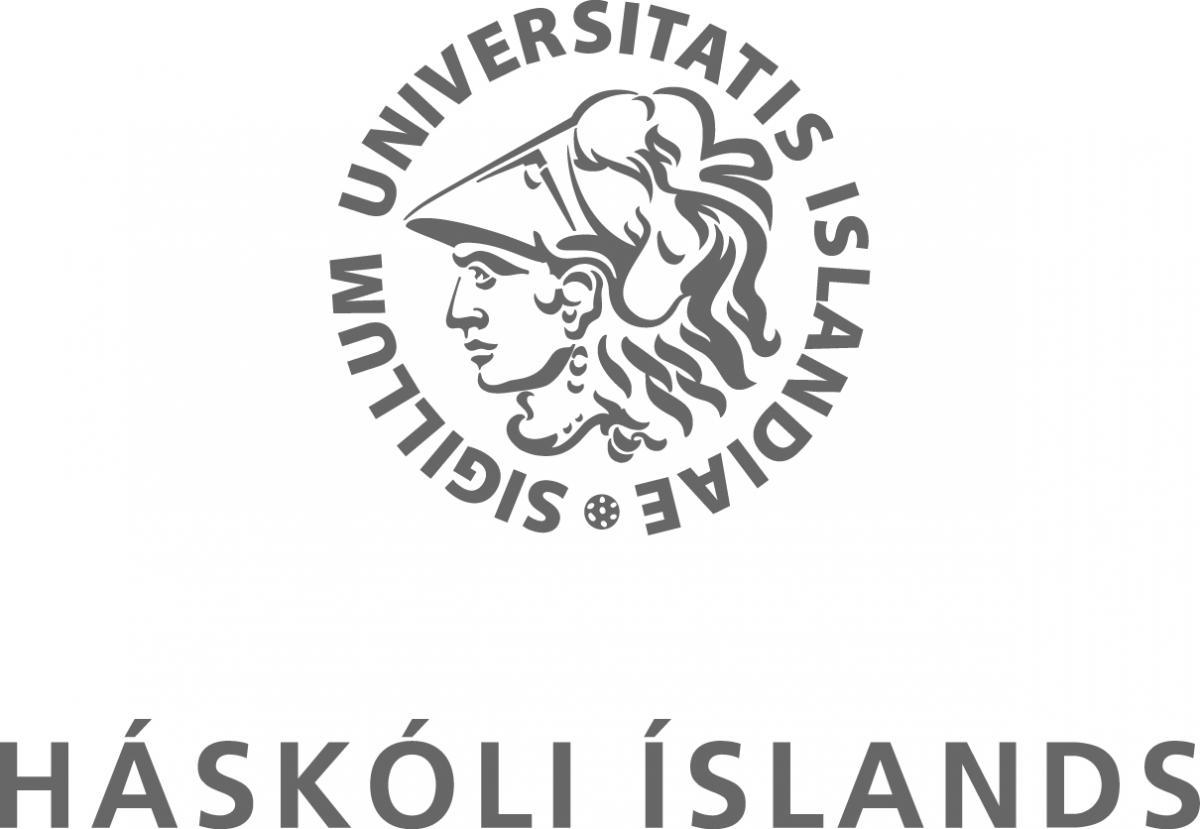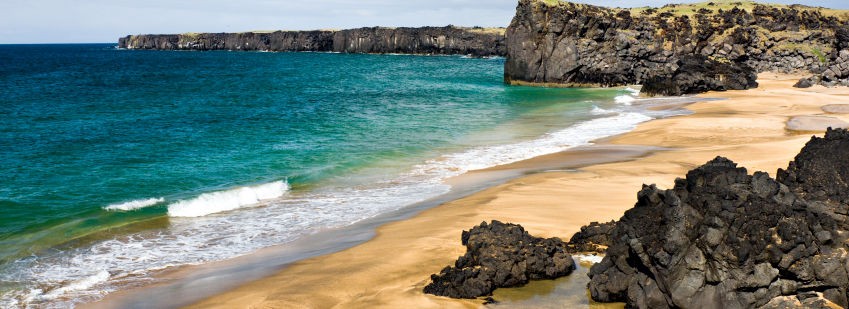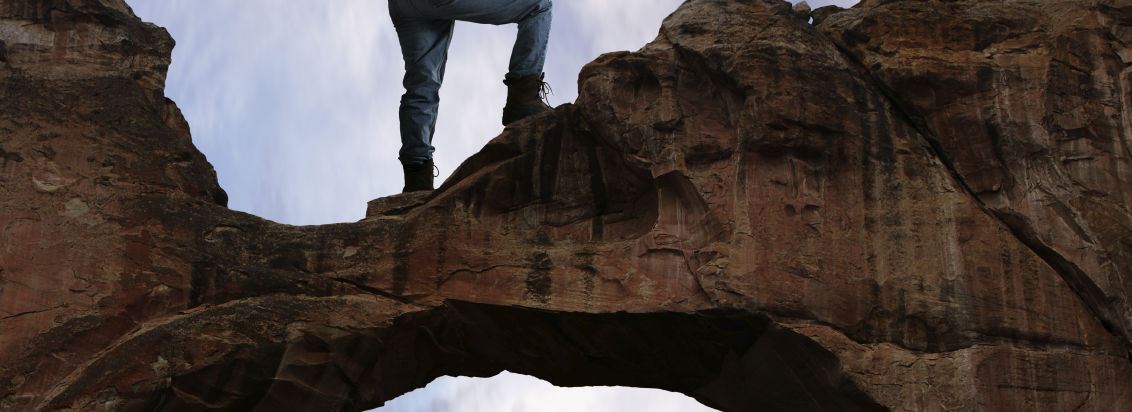Matís is working with locals on both sides of Breiðafjörður and has been active in food production and related industries in the area. Part of that effort is the hiring of two employees who will start working in Patreksfjörður in the next few days, but these employees will be added to the group of the two who were recently hired to work in Grundarfjörður in Snæfellsnes.
The four employees will work in close collaboration with each other and with other Matís employees, all over the country.
For a long time, Matís has looked at opportunities in the southern Westfjords, as there are great opportunities elsewhere in the vicinity of Breiðafjörður for increased value creation related to food. Matís has now hired two employees to support and work with local people on the development of food production and related industries in the area.
Matís will work with companies, local authorities and individuals in the area who will be able to use Matís' expertise to build their own operations. Matís' operations in Breiðafjörður are based on a solid and strong collaboration with the locals, as they have taken the initiative in the development that Matís is currently embarking on.
There are great opportunities in the area. The fishing industry is a key industry in constant development, but in addition there are opportunities for the development of aquaculture and the utilization of other raw materials in the area. In the southern part of the Westfjords, there is great growth in aquaculture and a strong development in that area. Matís 'operations will support the necessary research and development in connection with aquaculture, but it is expected that services for aquaculture-related activities will be one of the main challenges for Matís' employees in the area. As the largest cost item of aquaculture lies in feed and feeding, the development of feed costs is not least considered.
Strengthening food production will play a key role in increased value creation in the southern Westfjords and by Breiðafjörður. Matís staff is looking forward to tackling upcoming projects with the municipalities in the area, companies and all locals.
For further information, please contact Haraldur Hallgrímsson 858 5054 and Steinar B. Aðalbjörnsson 858-5111.









